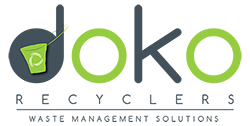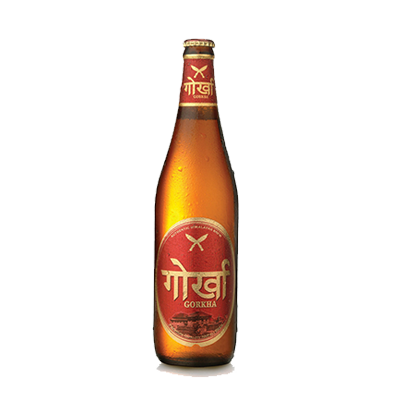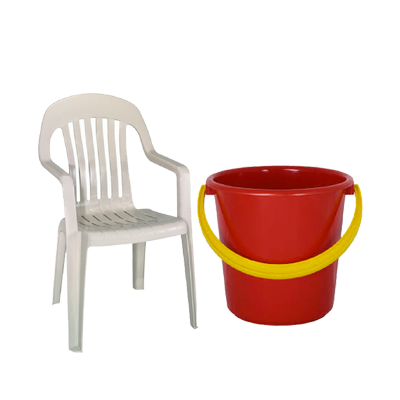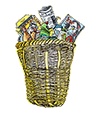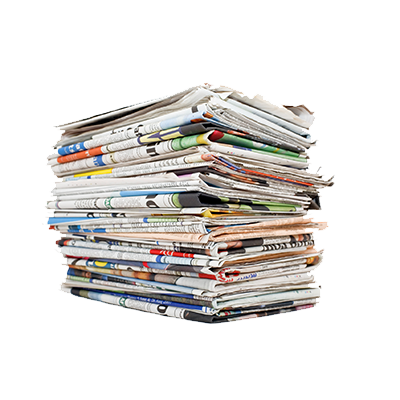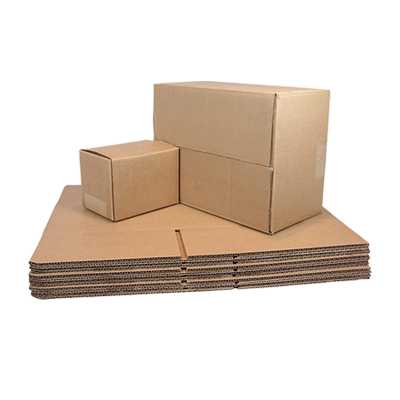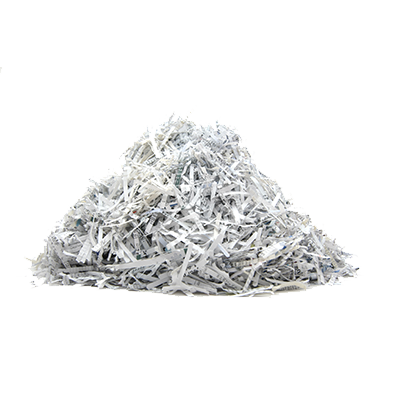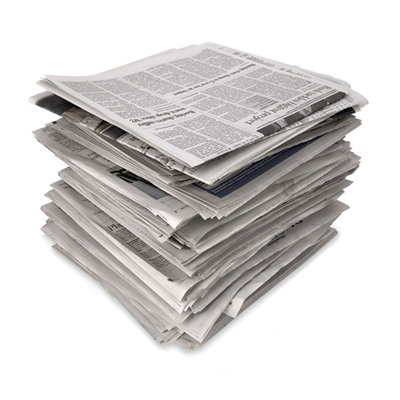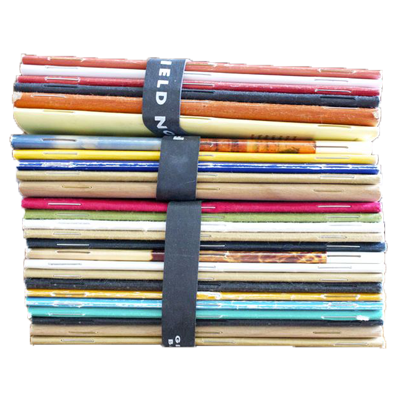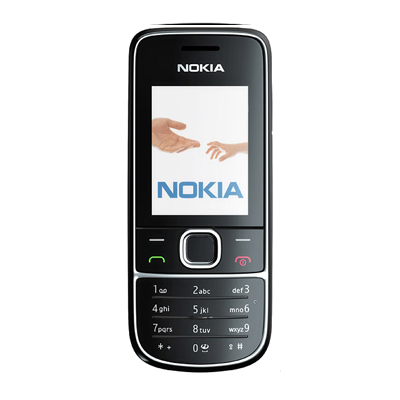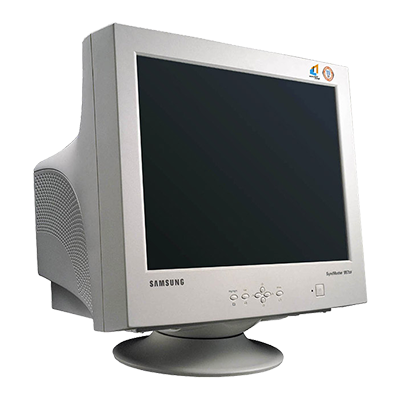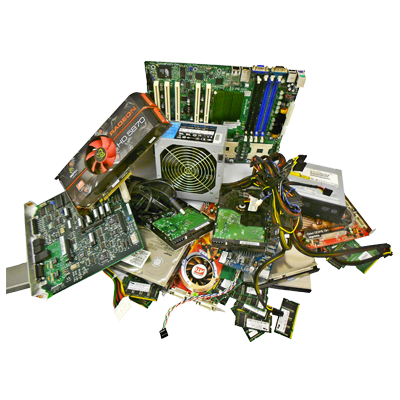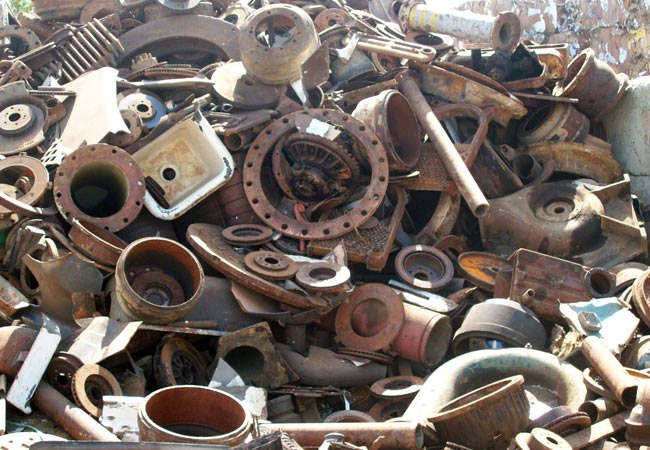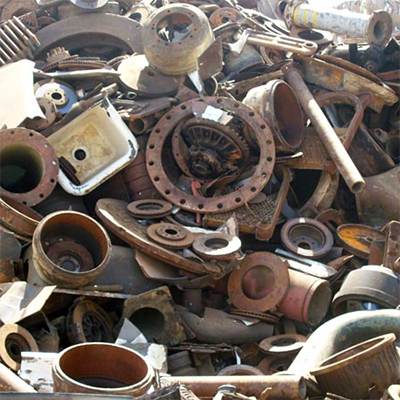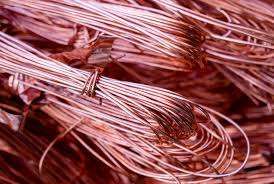
2019-08-02
Basic Guide to Recycling
Segregate at Source
In most homes and institutions today, we practice single-stream waste disposal. This means that all waste, whether it’s recyclable, organic, or reject, is being disposed of in one container and sent to landfills. While this may be convenient, it is a highly inefficient practice that is also terrible for the environment, and as a result, to human health. Almost half of all waste we create can be recycled, and the other half can be composted. But in order to recycle, you have to segregate your waste at source. If waste is not segregated, then recyclable waste will be contaminated, thus making it impossible to recycle. A simple way to segregate would be to store recyclables, organic waste (for compost), and reject/sanitary waste (landfill) separately.
Know What’s Recyclable
Now that you know how to segregate your recyclables from other waste, know what items can be recycled. Aluminum is a highly recyclable item, but if the aluminum is contaminated with food waste (oil, cream, sauce, etc.), it cannot be recycled. In Nepal, there is no recycling plant for glass. Only domestically manufactured glass bottles can be reused by bottling companies to rebottle domestic beverages. As a result, broken glass cannot be recycled. Another common item that cannot be recycled in Nepal is food wrapper which has an aluminum composite on the inside. Wai Wai packets, biscuit wrappers, and any other wrapper that has a reflective, silver interior cannot be recycled, as they are created from low-grade composite materials which are difficult to separate. If you need a reminder of what items can be recycled, take a look at:
Rinse and Dry Your Recyclables
Items that can be easily recycled usually hold food waste when you first purchase them. Milk packets, jam jars, aluminum foil food containers, are recyclable items. But if you do not rinse and dry them out after use, they stay contaminated and cannot be recycled. Imagine what a packet of milk that has not been cleaned out would smell like after a week under the sun… nobody would be able to recycle that. You do not need to use soap to clean out the containers. Rinsing them with water enough for the contamination to wash away is enough.
Don’t Throw Recyclables Without Knowing
If you have decided to start recycling, make sure you know what you are doing first. Understand the items that can and cannot be recycled. Look into home composting systems (like Doko’s Smart Bucket) to create organic compost for your garden at home. Doko Recyclers has many resources you can use to begin your recycling journey! You can learn more at www.dokorecyclers.com or send us a message on Facebook, Twitter, or Instagram.
Strategize Your Set Up
Lastly, it is very important to strategize your bin set up to ensure that proper waste management is being practiced. If you are at home, make sure to keep your recyclable bin close to the kitchen, as most recyclable waste at home is usually generated in the kitchen. Your compost bin should also be accessible from the kitchen, but not too close, due to the smell. At work, you should set up recyclable bins where the most amount of recyclable waste is generated. Photocopy rooms/areas, break-rooms, under desks are some areas where bins could be set up.
Now that you have a basic guide to begin managing your waste effectively, what’s holding you up? Let’s begin recycling! If you need any help with the process, make sure to contact us!
Courtesy of Roadrunner Recycling
